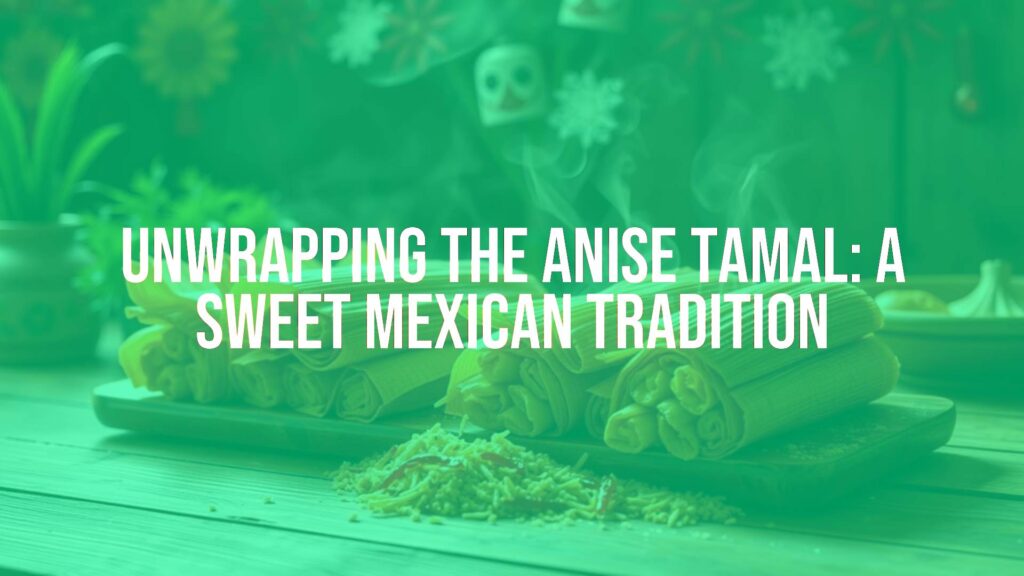Introduction to the Anise Tamal
The anise tamal is a beloved sweet variety of tamal celebrated in numerous regions of Mexico and Central America. Infused with the distinctive flavor of anise seeds, this tamal stands out for its aromatic, subtly spiced profile and soft, cake-like texture. Whether enjoyed at breakfast, as an afternoon treat, or during festive occasions, anise tamales offer a delightful departure from their savory counterparts.
Aromatic Heritage: History and Cultural Significance
The anise tamal draws upon centuries-old culinary traditions, blending the native practice of tamal-making with spices introduced during the colonial era. Anise, with its licorice-like fragrance, became a favored addition to sweet dishes across Mesoamerica, particularly in regions where aromatic spices and herbs are prized. These tamales are especially popular during holidays, religious celebrations, and family gatherings, symbolizing abundance and communal joy.
Distinguishing Features and Composition
The hallmark of an anise tamal is its gentle, aromatic sweetness, achieved by folding crushed or whole anise seeds into the masa (dough). The dough, made primarily from corn, is often enriched with sugar, lard or vegetable shortening, and sometimes lightly colored with natural dyes. When steamed in corn husks, the tamal develops a fluffy, moist consistency, punctuated by the warm, spicy-sweet undertones of anise.
Core Ingredients and Typical Preparation
Key elements in an anise tamal usually include masa harina (corn flour), sugar, lard or a plant-based fat, anise seeds, and baking powder for added lightness. Some variations also incorporate milk or sweetened condensed milk to amplify moisture and richness. The anise seeds may be lightly toasted before being incorporated, enhancing their aroma. Once assembled and wrapped in corn husks, the tamales are steamed until tender and aromatic.
Regional and Recipe Variations
While anise tamales are enjoyed throughout Mexico, certain regions put their own twist on the recipe. For example, in Oaxaca, raisins or pieces of pineapple may be added for bursts of sweetness, while in Veracruz, the tamales are sometimes tinged pink or green for a festive look. Some cooks substitute part of the corn masa with wheat flour for a more tender bite, or swap out lard for coconut oil for a distinct flavor profile. Anise tamales may also be made without any fillings, or they may contain sweet pastes such as cajeta or fruit preserves.
Pairings and Serving Suggestions
Anise tamales are traditionally served warm, often accompanied by a cup of hot atole, champurrado, or café de olla—beverages that complement the tamal’s sweet and aromatic notes. For breakfast or merienda (afternoon snack), they pair beautifully with fresh fruit or a sprinkle of cinnamon sugar. While primarily enjoyed as a sweet treat, their gentle flavor also makes them a popular addition to celebratory spreads alongside other sweet or savory tamales.
Exploring the Sweet Aromatic Tradition
The anise tamal encapsulates the spirit of Mexican culinary creativity, combining ancestral techniques with globally cherished spices. Its simple, aromatic delight continues to enchant palates across generations, offering a comforting and memorable taste of tradition at every bite.

